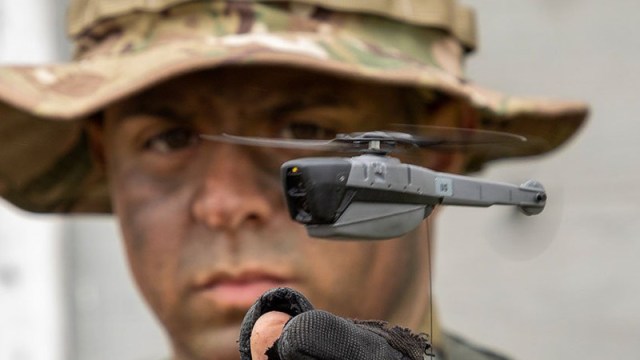Yes, The Apollo Moon Landings Really Did Happen
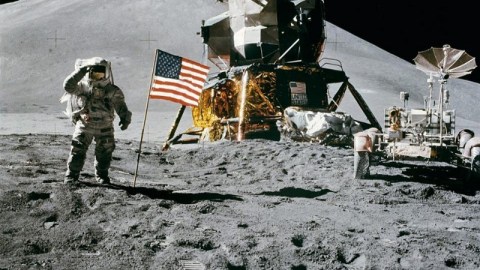
Here are four separate ways you can prove it, even 50 years after-the-fact.
50 years ago, on July 20, 1969, humanity took our first footsteps on the surface of another world. With Neil Armstrong’s small step for a single man, humankind took a great leap forward into the space age, demonstrating our potential for reaching other planets and extending the reach of human civilization far beyond our Earthly bonds. Generations later, in 2019, we’re still dreaming of traveling to other planets and other solar systems throughout the galaxy.
Yet there are many who proudly declare that they don’t believe that human beings have ever left Earth. That NASA and the entire space program is nothing more than a ruse, a hoax, or a civilization-scale fraud. Like most people alive today, all six of humanity’s Moon landings occurred before I was born. Still, I’m 100% positive they really did occur, and we have overwhelming evidence to prove it right at our fingertips.
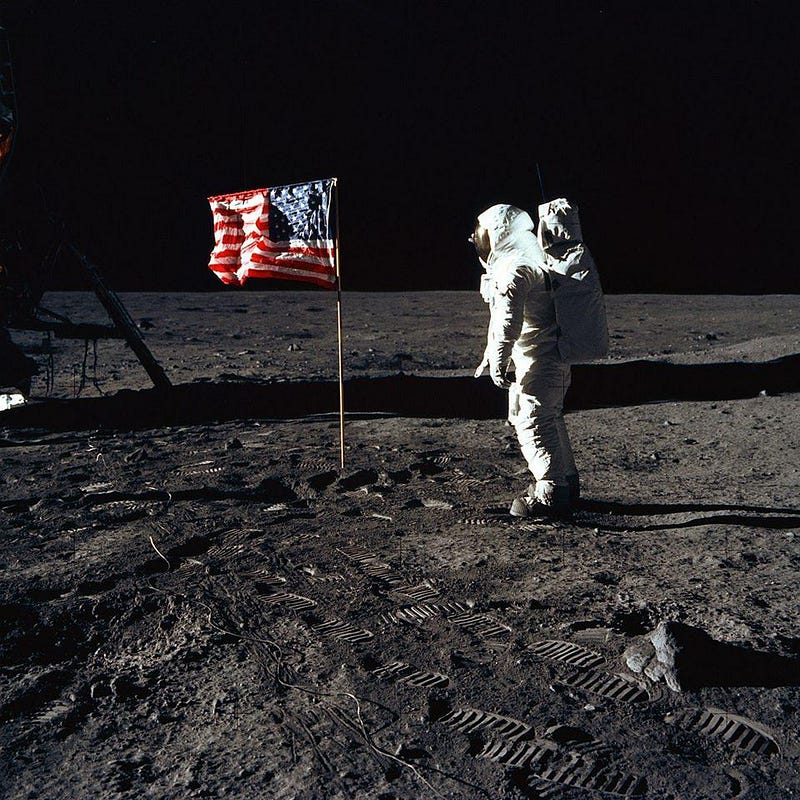
1.) We can still see the evidence of the Apollo program on the Moon, even today. Here on Earth, marks that we make on our world are temporary. Footsteps in the sand disappear after mere hours at most, as the motions of Earth’s winds will erase any coherent patterns that we can make, and will rearrange any dunes on the same timescales. But on the Moon, there are no oceans, no atmosphere, and no forces to shift the particles that compose the lunar regiolith.
Whereas on Earth, we have an atmosphere, weather, liquid water, and living species, the Moon only has the occasional weak moonquake and the rare visit from an extraterrestrial impactor or, in the case of humanity, lander or visitor. If we truly did walk or land on the Moon, therefore, we’d expect that the evidence of our presence would still remain today.
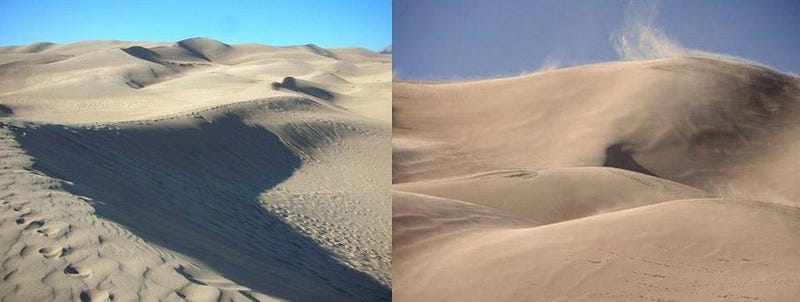
The reason is straightforward: without terrestrial phenomena that move and rearrange the particles on our surface — without winds, rains, snows, glaciers, rockslides, etc. — the only way to rearrange solid grains of particles are via impacts. Unless there’s an event that kicks up dust, which can then migrate and settle elsewhere across the lunar surface, any changes we’ve made to the Moon should remain visible on the scale of a human lifetime.
In other words, if we ever did truly land on the Moon, the telltale evidence should still be there. All we’d have to do was return to the sites where the documented landings occurred and photograph them today. This is not simply a thought experiment, but data that was decisively collected years ago, when NASA’s Lunar Reconnaissance Orbiter mapped the entire Moon’s surface. The Apollo landing sites, in particular, are extremely well-documented.
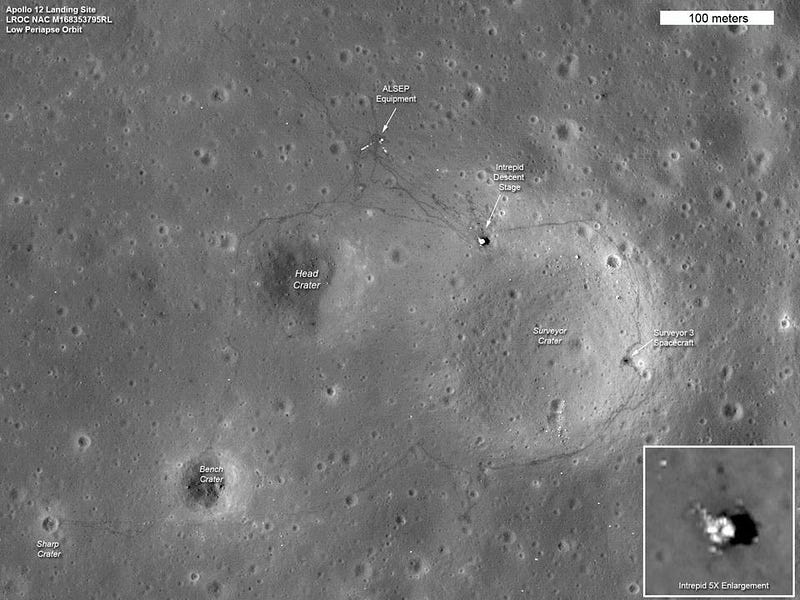
The orbiter has not only photographed every single one of the Apollo landing sites, but three of them — Apollo 12, 14, and 17 — were imaged with the orbiter’s Narrow Angle Camera and annotated, clearly showcasing a variety of human-created features. By making a close pass to the lunar surface and photographing it with the best technology that the modern instruments LRO was equipped with could provide, the team was able to achieve resolutions as sharp as 35 cm (about 14″) per pixel.
When you examine the Apollo 12 landing site, visible features include:
- the physical landing site (annotated with “Intrepid Descent Stage”),
- the bright “L”-shaped feature near the ALSEP label (which is due to highly reflective power cables),
- the Surveyor 3 probe that landed on the Moon years earlier (in 1967),
- and a set of grey paths that look like dried-up canals, which are actually astronaut footpaths!
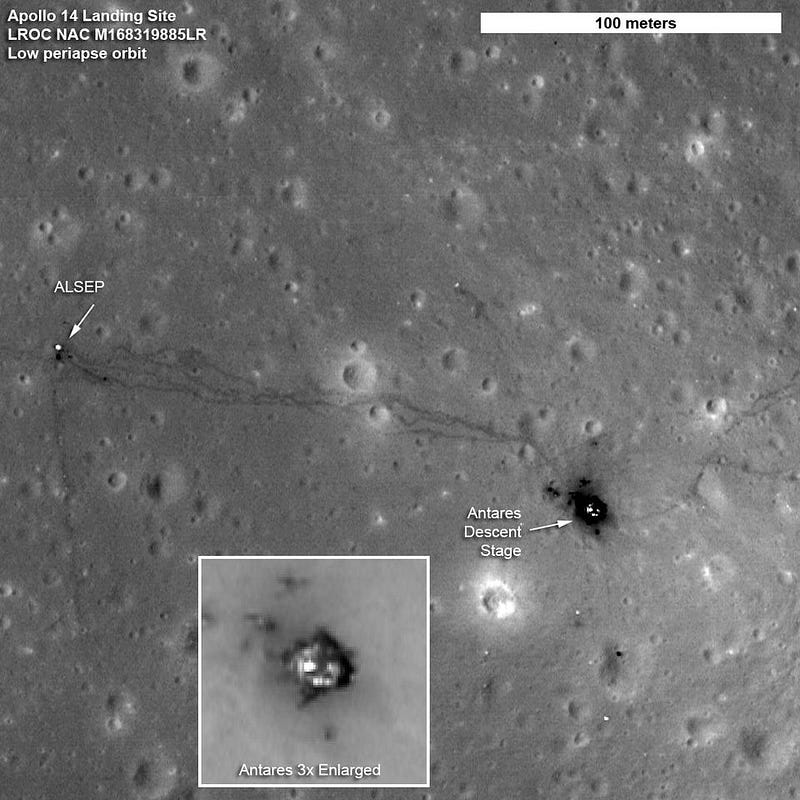
Apollo 14’s landing site might be less visually spectacular, but is arguably far more famous. The module that landed on the Moon (the Antares Descent Stage) is clearly visible, as well as the ALSEP equipment, which has a different configuration but still contains the highly reflective central power station. However, the footpaths are perhaps even more spectacular and varied, belonging to none other than Edgar Mitchell and famed lunar golfer Alan Shepard.
Although the golf balls that he hit were never recovered, and even the most distant golf shot probably didn’t quite travel for “miles and miles” as Shepard originally claimed, we can absolutely see the evidence of the astronauts’ presence. It may be nearly 50 years later, but because the Moon is an airless world with few disturbances, humanity’s footprints have not yet been erased.
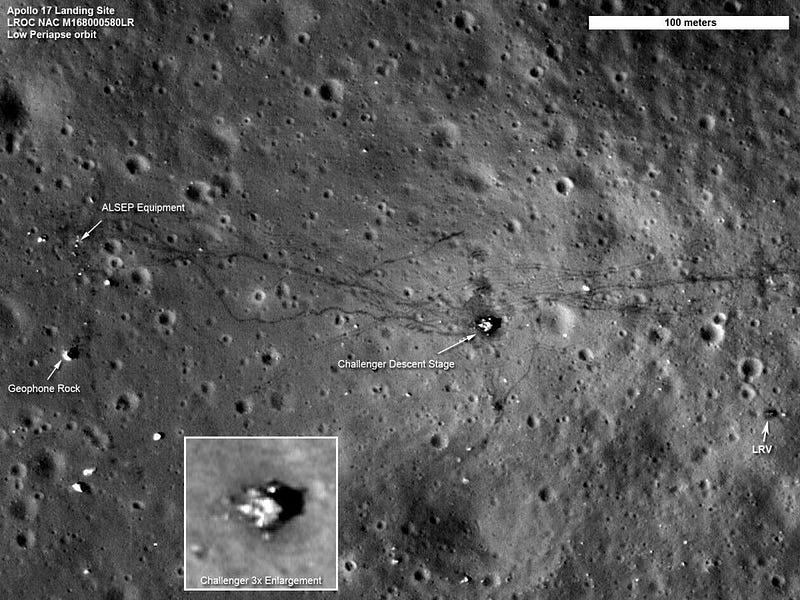
But compared to these earlier missions, the evidence that’s still visible from Apollo 17 is nothing short of spectacular. At this incredibly high resolution, expansive traveling paths and equipment remnants left on the lunar surface are unmistakable, courtesy of the last humans to walk on the Moon: Eugene “Gene” Cernan and Harrison “Jack” Schmitt.
You can still see the descent module and the ALSEP equipment, but the footpaths appear far, far greater in scale and consist of two parallel tracks, plus there’s a bright spot labeled “LRV” in addition. Why? Because the final three Apollo missions contained an Apollo Lunar Roving vehicle! Its tracks are distinctly different from footprints, and it enabled astronauts to explore much greater distances on the lunar surface. The tracks from the LRV extend for over 22 miles in total, reaching five miles away from the landing site and extending far beyond this image.
2.) We have extensive photographic and video evidence from the Apollo missions themselves. How could the lunar module have ascended back off of the surface and returned the astronauts back to the orbiting module which would take them back to Earth? Exactly like the video above shows, from direct Apollo 17 footage. The hypergolic propellant system isn’t based off of a single explosion, but rather a constant thrust of ~16,000 Newtons that was steadily delivered over a timespan of about 5 minutes. There’s no exhaust trail because there’s no lunar atmosphere, but you can track the spacecraft’s accelerated motion for yourself with even basic modern software.
This is enough force to launch the ascent stage upwards, increasing its speed by about 2,000–3,000 meters-per-second. This is enough to enter lunar orbit and dock with the command and service module, but not enough to escape lunar orbit. This is why every lunar module, after returning the astronauts, crash-landed on the lunar surface. The locations of the lunar modules of Apollo 12, 14, 15, and 17 are all known, and the impact sites (along with the ejecta) are again visible in the LRO data.
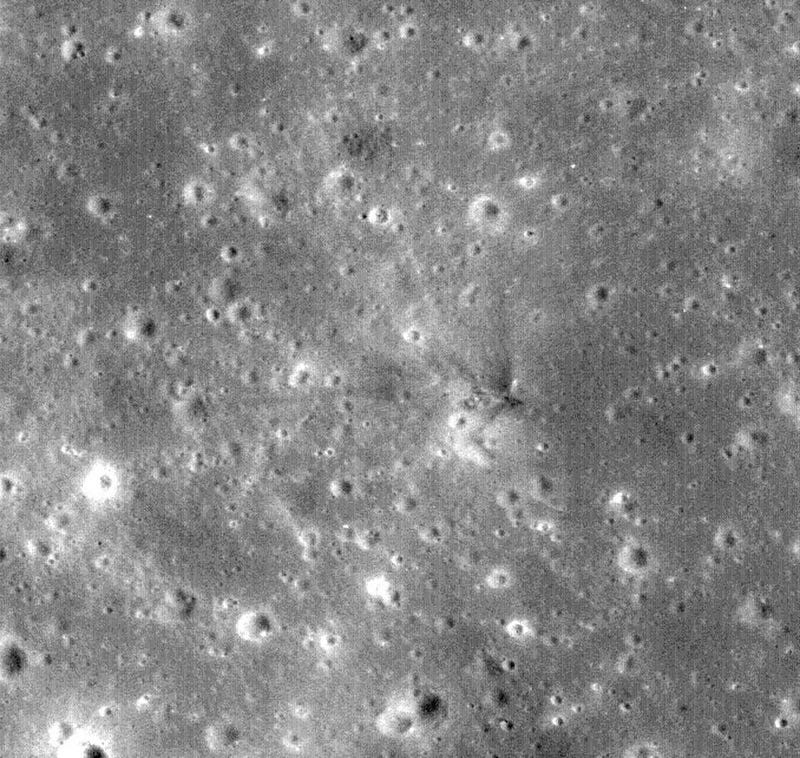
But there’s even more evidence than that: there are thousands of photos taken by Apollo astronauts documenting the entire program. Years ago, NASA released all the photos of the twelve Apollo missions that made it to space on a publicly available Flickr photostream, sorted into a series of incredible albums by mission. Some of the greatest, most eye-opening photos, stories and quotes originated from the astronauts who journeyed on those trips.
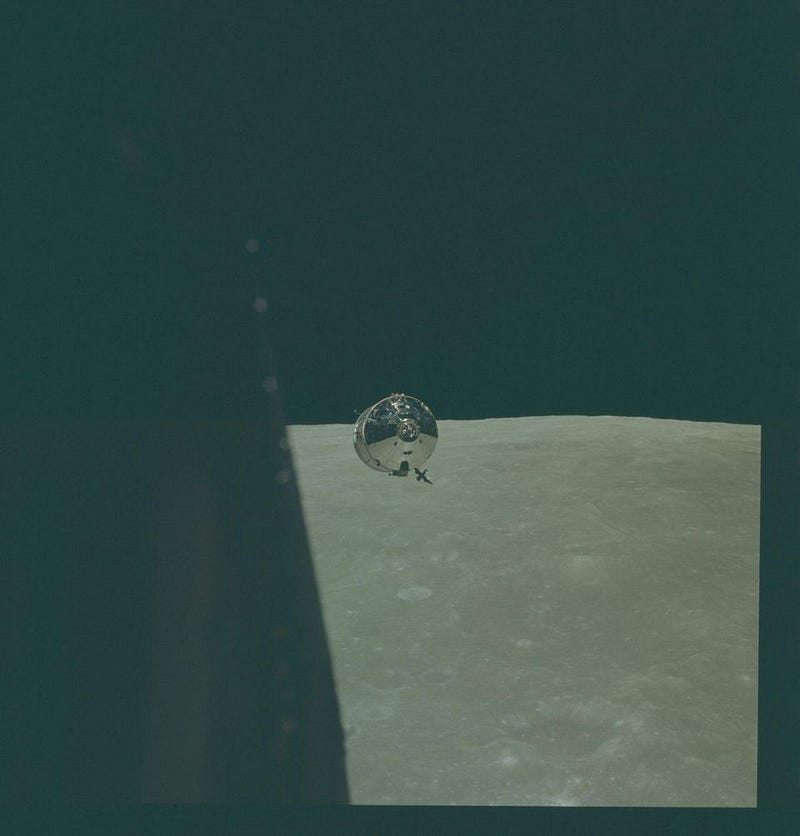
Traveling through the atmosphere, both exiting the Earth and re-entering, sound horrifying and harrowing according to Apollo 8’s Bill Anders, who descriped it as follows:
You could see the flames and the outer skin of the spacecraft glowing; and burning, baseball-size chunks flying off behind us. It was an eerie feeling, like being a gnat inside a blowtorch flame.
Although there is no way to prove that these photos and videos weren’t faked, the technology and data to do so didn’t exist at the time. Somehow, it all lines up with the full suite of improved data we’ve collected in the half-century since we last visited the Moon.
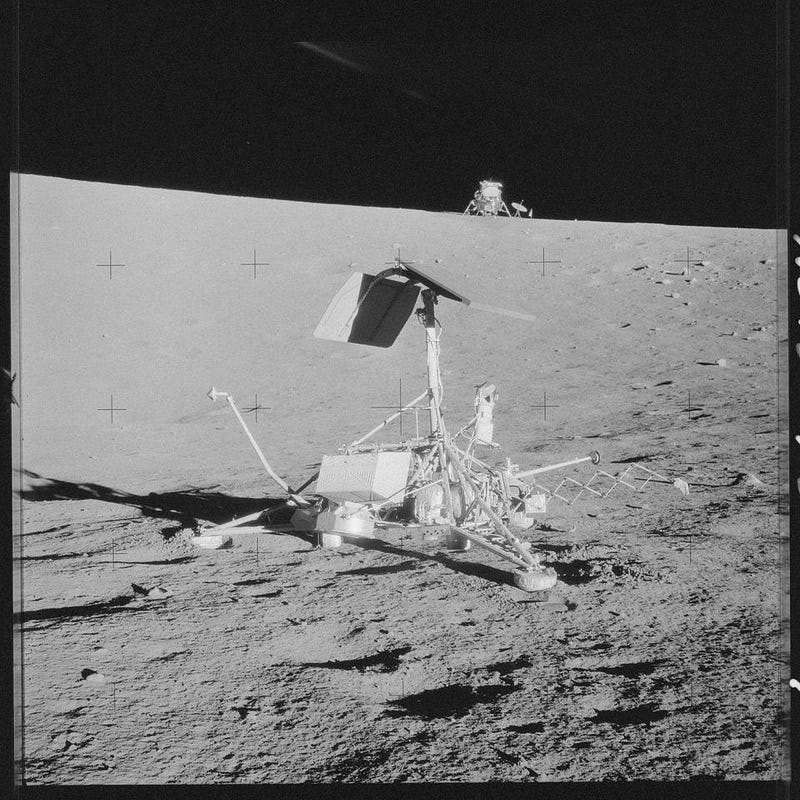
3.) The scientific instruments left there returned years of valuable data, and some are still in use today. The Apollo missions weren’t simply publicity stunts; they were the pinnacle of human exploration of another world. From the very first crewed mission to land on the lunar surface, we sent up a large suite of scientific instruments to install on the lunar surface and measure its properties.
Some of the more famous ones are listed below.
- Lunar seismometers, which were installed by Apollo 11, 12, 14, 15, and 16, which transmitted data about the Moon’s seismic activity and moonquakes until the final station failed in 1977.
- The lunar laser ranging retroreflector arrays, which remain operational even today, enable us to reflect lasers off of the reflective surfaces installed by the Apollo 11, 14, and 15 crews, as well as the Soviet Lunokhod 2 rover, to measure the Earth-Moon distance to precisions of approximately 1 centimeter.
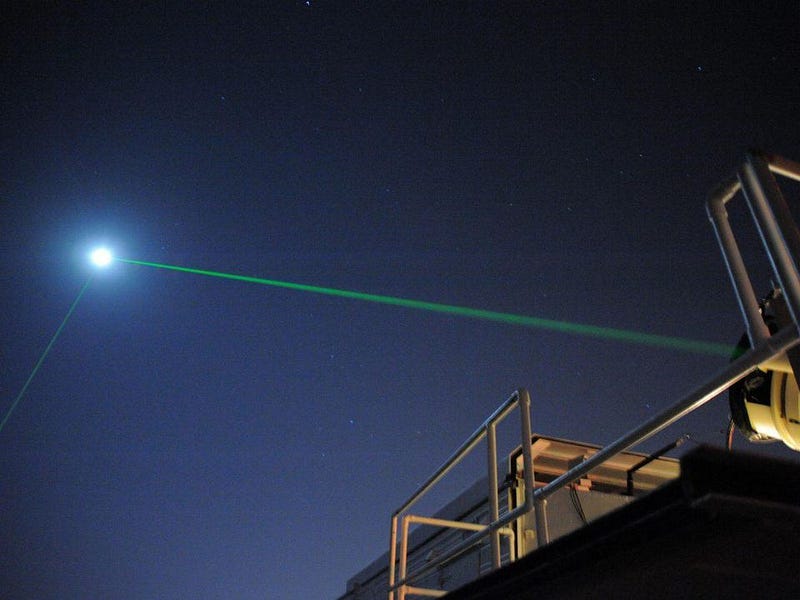
- The SWC (solar wind composition) experiment taught us what the flux, and composition of solar wind particles that reach the Moon’s surface are, since there’s neither atmosphere nor a magnetic field nor Van Allen belts to interfere with the received particles on the Moon.
- The SWS (solar wind spectrum) experiment did exactly the same thing, except for the energy spectrum of the solar wind particles, rather than the composition measured by the SWC experiment.
- The LSM (lunar surface magnetometer) experiment was designed to measure the lunar magnetic field, determining that the Moon does in fact have magnetized features on the surface, but that the magnetism is not uniform across the Moon. Unlike Earth, we now know there is no coherent magnetic field powered by an active core on the Moon.
- The LDD (lunar dust detector) experiment was initially installed to measure how solar panels degraded due to lunar dust deposited from the ascent stage and other, subsequent sources. The experiments performed by the Apollo program showed that we vastly overestimated dust deposits, and instead enabled us to accurately measure the effects of deposited lunar dust.
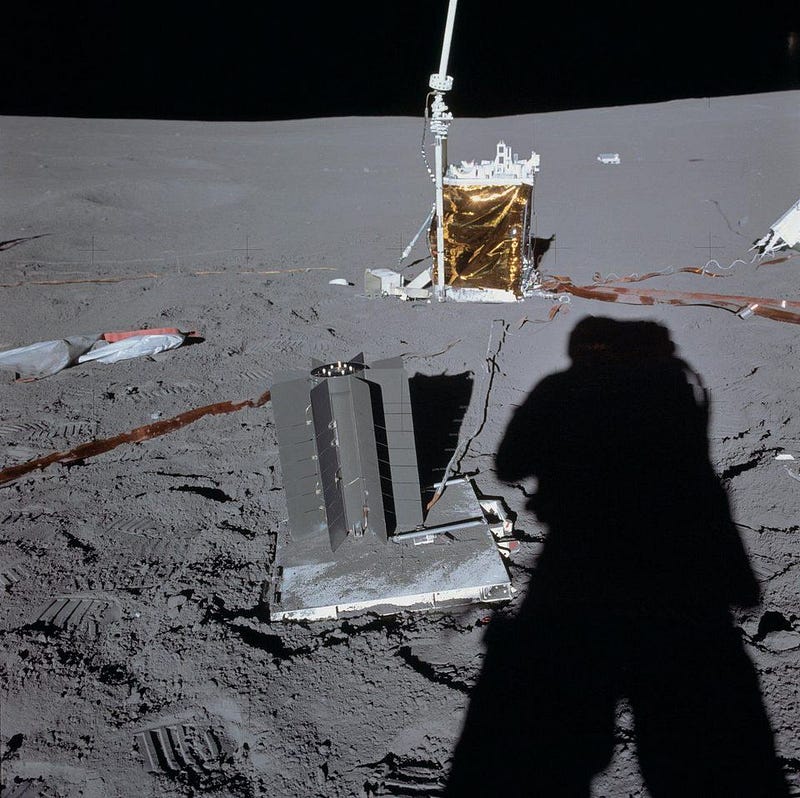
Each Apollo mission was outfitted with an array of experiments to install and perform on the lunar surface. This is what the ALSEP package, which stands for Apollo Lunar Surface Experiments Package, was designed to do. The results from these experiments agree with one another and with the data collected from both previous and subsequent experiments designed to measure a variety of properties of the Sun, Earth, Moon, and their interplay.
The fact that we have the data from these experiments, and that many of them (and their successors on later Apollo missions and lunar lander missions) are still operational or otherwise in use today, provide us with extremely strong evidence that we did, in fact, land on the Moon.
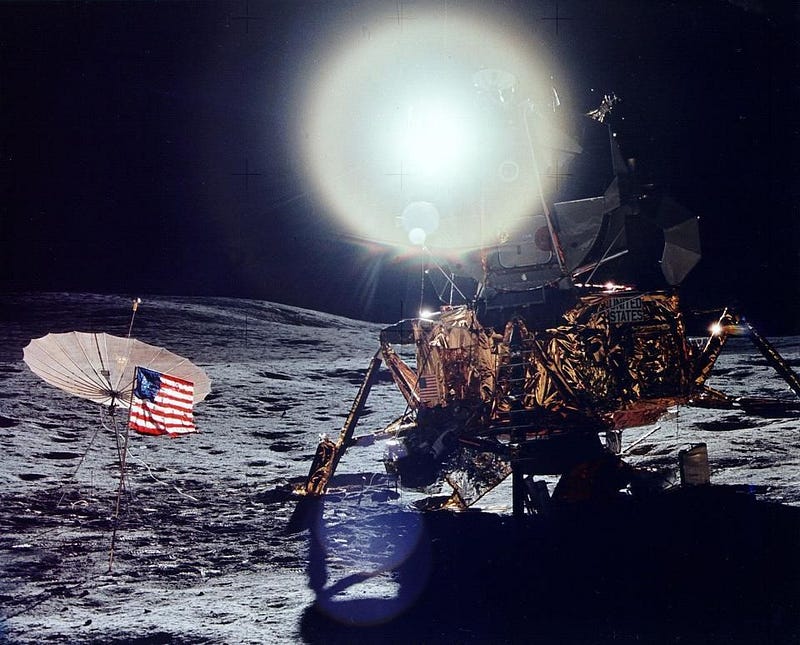
4.) We have returned and analyzed samples from the Moon, learning unprecedented amounts about lunar geology and the Moon’s history in the process. One of the primary goals of the Apollo mission was to collect rocks from the lunar surface and return them to Earth for laboratory analysis.
Through this endeavor, we learned that the Moon and Earth, based on the isotope ratios of the elements present, likely share a common origin, which was likely caused by a cataclysmic impact approximately 50 million years after the formation of the Solar System. Originally formulated as the Giant Impact Hypothesis, this has now evolved to describe a new type of structure called a synestia, which generalized the Giant Impact scenario to better describe the full suite of observables. Without the Apollo missions, we might never have uncovered the critical evidence supporting this scenario.
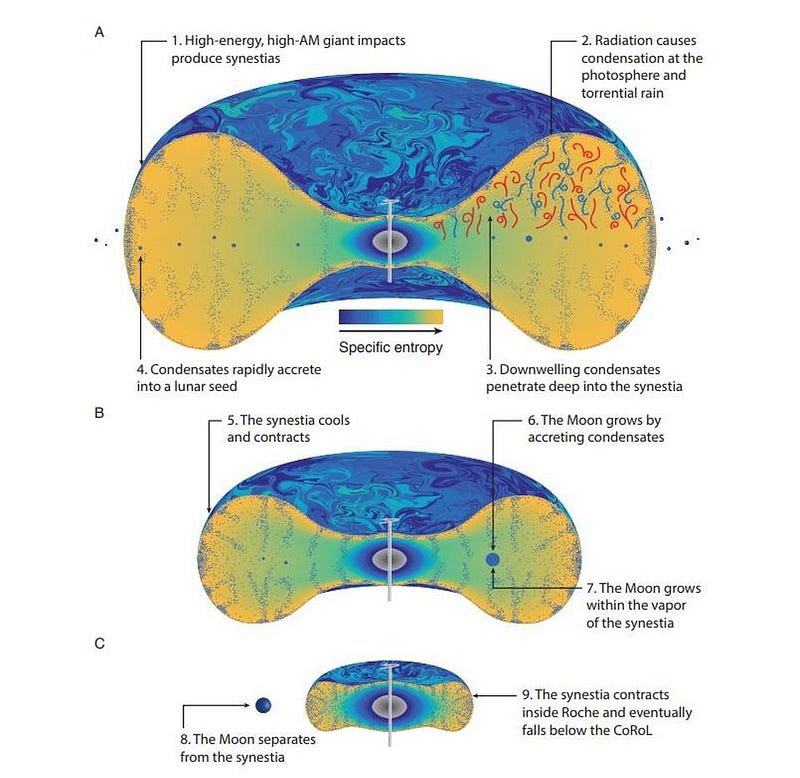
But there wasn’t just a single mission, and the various Apollo missions landed at different sites, enabling us to sample the properties of the lunar soil at a variety of locations. The final two astronauts to ever walk on the Moon, Cernan and Schmitt, ran into quite a surprise when they did. Schmitt, the lone civilian-astronaut (and only scientist) to travel to the Moon, was often described as the most business-like of all the astronauts. Which is why it must have been such a shock to hear him exclaim the following:
Oh, hey! Wait a minute… THERE IS ORANGE SOIL! It’s all over! I stirred it up with my feet!
The dull, grey lunar soil you’re used to seeing — that we’re all used to seeing — in one particular spot was only a very thin veneer, covering a rich, orange landscape beneath.
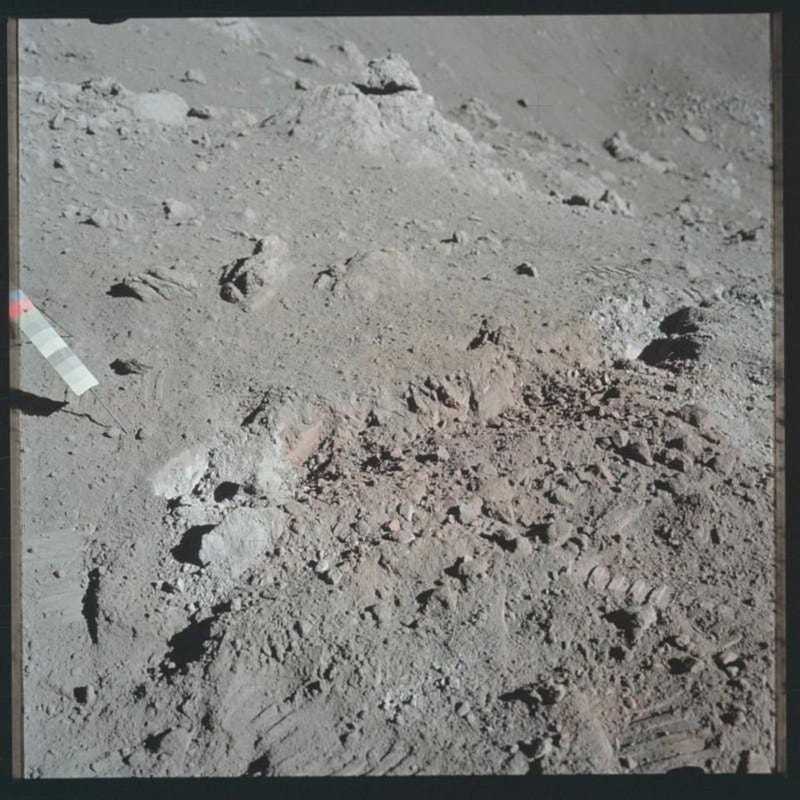
Like any good scientist, or any good explorer, for that matter, Cernan and Schmitt took pictures, collected data, and brought samples back to Earth for further analysis. What could cause orange soil on the Moon, perhaps the most featureless of all the large, airless rocks in our Solar System?
What the analysis back on Earth revealed was fantastic: this was volcanic glass. What occurred was that molten lava from the interior of the Moon erupted, some 3 to 4 billion years ago, up above the airless surface and into the vacuum of space. As the lava became exposed to the vacuum, it separated out into tiny fragments and froze, forming tiny beads of volcanic glass in orange and black colors. (The tin in some of the fragments is what gives the orange color.)
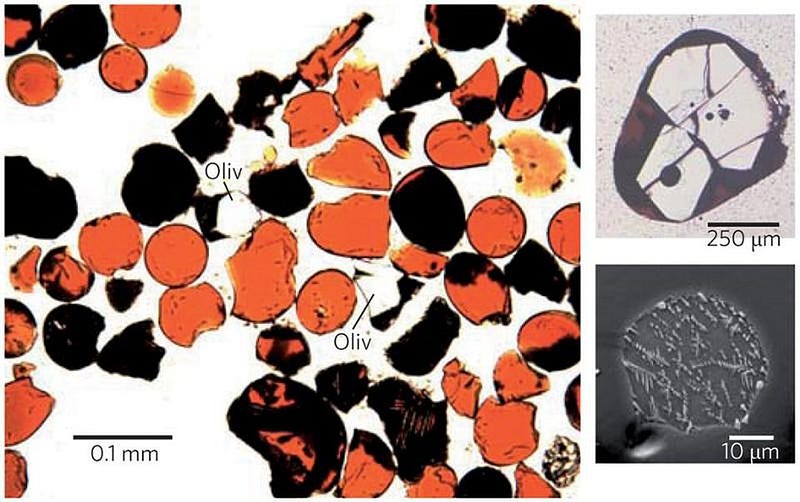
In 2011, reanalysis of those samples found evidence that water was included in the volcanic eruption: with concentrations of water in the glass beads that were formed 50 times as great as the expected dryness of the Moon.
Olivine inclusions showed water present in concentrations up to 1,200 parts-per-million. Most remarkably, the lunar samples we’ve found have indicated that Earth and the Moon have a common origin, consistent with a giant impact that occurred only a few tens of millions of years into the birth of our Solar System. Without direct samples, obtained by the Apollo missions and brought back to Earth, we never would have been able to draw such a startling, but spectacular, conclusion.
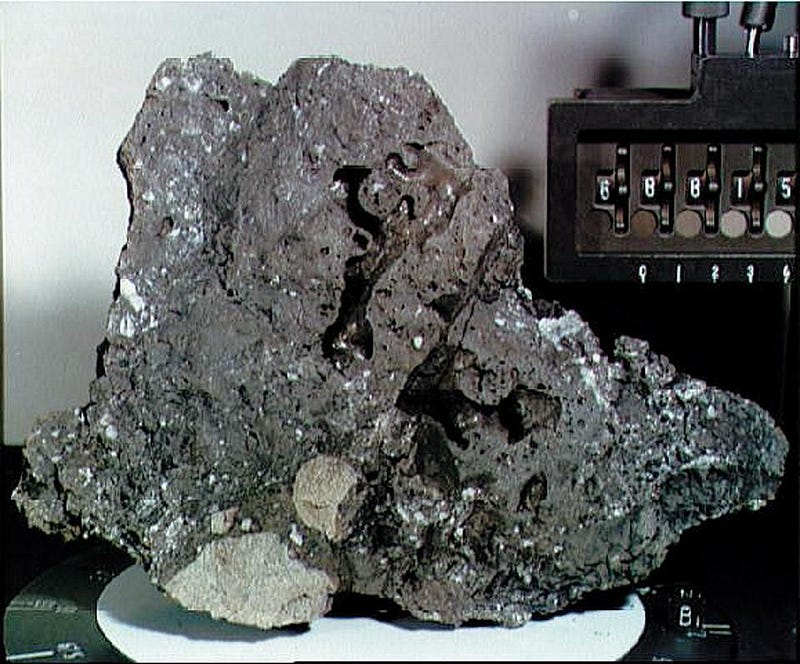
There are many different lines of evidence that point to humanity’s presence on the Moon. We landed there and can see the evidence, directly, when we look with the appropriate resolution. We have extraordinary amounts of evidence, ranging from eyewitness testimony to the data record tracking the missions to photographs documenting the trips, all supporting the fact that we landed and walked on the lunar surface. We have a slew of scientific instruments that were installed, took data, and a few of which can still be seen and used today. And finally, we’ve brought back lunar samples and learned about the Moon’s history, composition, and likely origin from it.
If you choose to be a doubter, that’s your call: no one can take your own freedom of choice away from you. But if you follow the evidence, and that’s what science compels us to do, the only doubts that remain are completely unreasonable. We really did land on the Moon, and this is the science to back it up!
Ethan Siegel is the author of Beyond the Galaxy and Treknology. You can pre-order his third book, currently in development: the Encyclopaedia Cosmologica.





